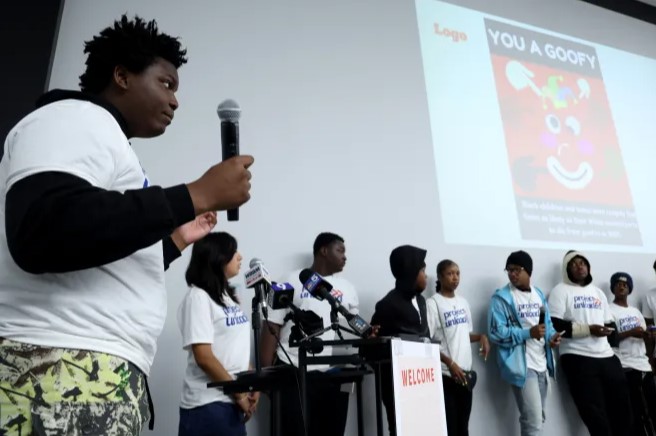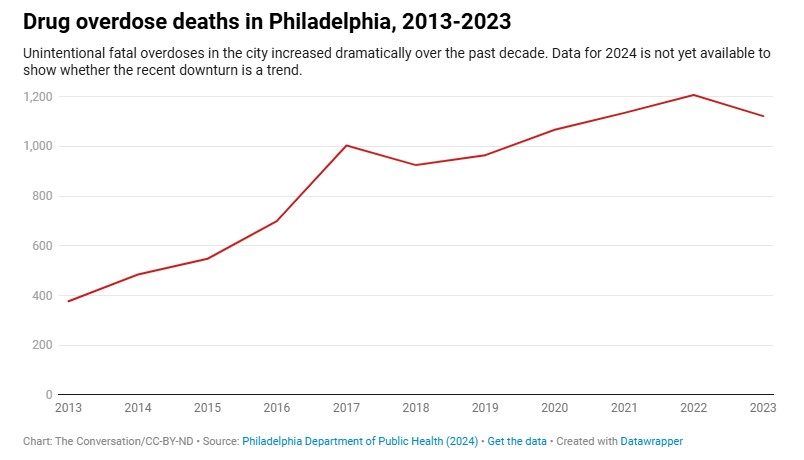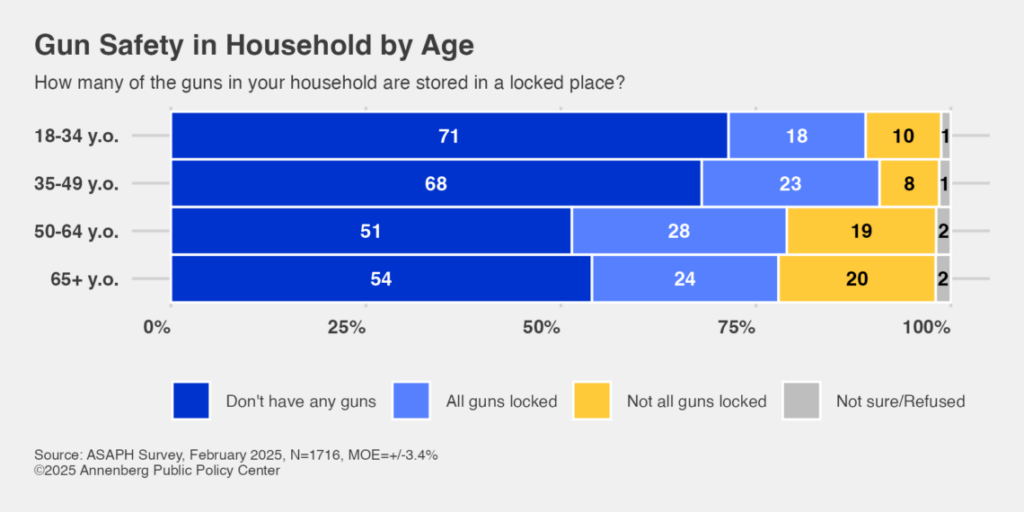Publications, News, & Awards
The archive of all news and publications on the PISC site.

New research from Rebecca Arden Harris and team reveals that relaxed take-home methadone policies have not resulted in higher overdose rates. This important finding supports more flexible treatment options for […]

New research from Sara Solomon offers a framework for implementing Cure Violence programs, highlighting key strategies and contextual factors that drive success. The review underscores the importance of integrating Implementation […]

Discover how Penn faculty – including Sara Jacoby – and students are tackling urban heat with innovative, solar-powered cooling shelters in North Philadelphia. Their collaborative project offers relief from rising […]

A new study from Penn Medicine, including Kit Delgado and Anish Agarwal, shows that tailored feedback to surgeons significantly reduces excessive opioid prescriptions after surgery, aligning care with evidence-based guidelines […]

Penn researchers and community partners are working to reframe violence prevention as a public health initiative, emphasizing connection and support for youth. A July 7 mass shooting in Philadelphia’s Grays […]

Project Unloaded is engaging directly with those most affected to shape the future of emerging technologies. Desmond Upton Patton highlights the project’s commitment to understanding community needs and preferences. Discover […]

Over two powerful evenings in April, a two-part documentary screening series that brought together students, community members, health professionals, and advocates to explore the ongoing opioid crisis through local and […]

A qualitative study led by Hillary Kapa/strong> and Rachel Myers published preprint on Research Square evaluates Beyond the Bars, a community-based music program aimed at reducing youth violence. The program’s […]

A randomized field trial tested whether smartphone-based feedback with personalized goals can promote safer driving behavior compared to standard insurance messaging. The study, led by Jeff Ebert with co-authors Kate […]

An article in the American Journal of Medical Quality explores how clinicians perceive opioid prescribing feedback reports. The study, led by Jeff Ebert and co-authored by Evan Spencer, Kit Delgado, […]

A new collection from The Conversation highlights recent research on Philadelphia’s opioid crisis, covering progress in reducing deaths, emerging street drugs, and shifts in treatment practices. Among the featured experts […]

A new survey from the Annenberg Public Policy Center finds that 37% of U.S. adults living in households with guns do not store all of them in a locked location. […]
